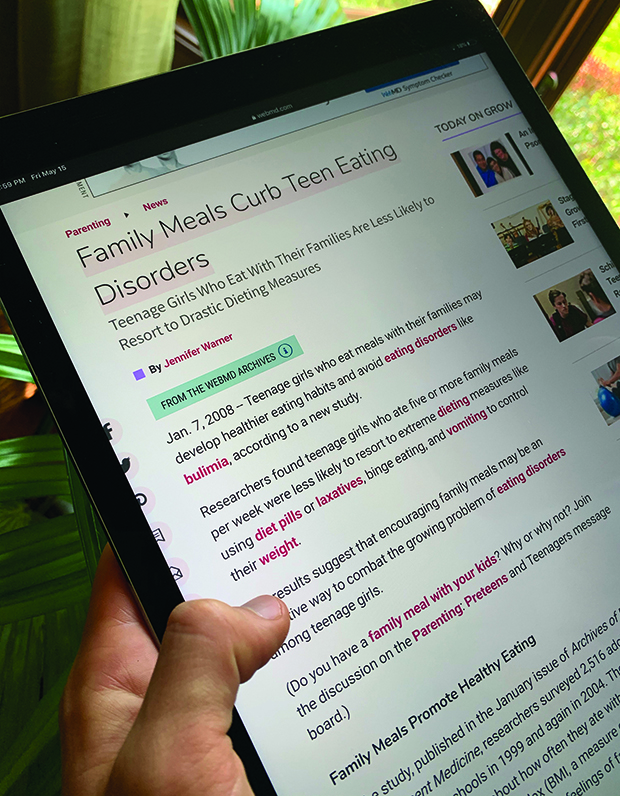
More information
Countries with More Butter Have Happier Citizens
BIG THINK, 2019

More information
Most Students Don’t Know When News Is Fake
WALL STREET JOURNAL, 2016

More information
Pretending to Be Batman Helps Kids Stay on Task
RESEARCH DIGEST, 2017

LEARNING OBJECTIVES
A year from now, you should still be able to:
- Differentiate the three types of claims: frequency, association, and causal.
- Ask appropriate questions to help you interrogate each of the four big validities: construct validity, statistical validity, external validity, and internal validity.
- Explain which validities are most relevant for each of the three types of claims.
- State which kind of research study is required to support a causal claim.
ARTICLES ABOUT PSYCHOLOGY RESEARCH written for a general audience regularly appear in the popular media. Headlines about psychology attract readers because people are interested in such topics as happiness, parenting, and school achievement—among many others. As a psychology student, you’re probably interested in these subjects as well. But to what extent should you believe the information you read online? Journalists who report on psychological science should accurately report what the researchers did and why the study was important, but sometimes they misrepresent or overstate the research findings. Even researchers writing an empirical journal article might overstate a study’s findings. How do you know if a study really supports what people say about it (Figure 3.1)?

More information
Figure 3.1
From journal to journalism.
The journalist’s headline makes a dramatic claim. Is it supported by the scientific study being summarized?
Your research methods course will help you determine when the popular press coverage of a research article is accurate. You will learn how to raise the appropriate questions for interrogating the study that is being used to support a writer’s claims about human behavior. By extension, the skills you use to evaluate the information behind the research will also help you plan your own studies as a producer of information.
Think of this chapter as a scaffold. All the research information in later chapters will have a place in the framework of the three claims and four validities presented here. The three types of claims—frequency claims, association claims, and causal claims—make statements about variables or about relationships between variables. Variables are the core unit of psychological research.